Both Rugby and American football are interesting and exciting games. In the case of Football, it is a game that consists of 11 players and played between 2 teams, with unlimited substitutions. American football involves complex strategy and intense physical play wherein points have to be scored by advancing the ball to the end zone of the opponent’s team. In the case of Rugby, the game is a blend of American football’s contact, soccer’s running and the transition of basketball. It is a game consisting of 15 players each and played between two teams on a rectangular field, with the aim of running across the opponent’s goal line with an oval ball or kicking it through the top portion of the goal posts. The following are the top differences between the 2 games.
1. Number of Players
In the case of American football, each team has 11 players on the field at one time, with unlimited substitutions. Three time-outs per half is given for each team. Play begins with a kickoff. The main object is to advance the pointed oval-shaped ball into the opponent’s end zone and score points in the process. On the other hand, a Rugby team consists of 15 players, divided into backs and forwards. Forwards are stronger players of the team who have to gain possession of the ball.
2. Origin of Rugby and Football
American football is said to have developed from Rugby. Rugby was introduced to the Americans by the British colonists from Canada. In 1871, The Rugby Football Union had been formed by representatives of 21 clubs, most of which were situated in southern England. The working class people were particularly attracted by Rugby over soccer. Most of the sports historians say that the game of American Football originated from Rugby.
3. Football Field vs Rugby Field
American football is a game played on a rectangular field measuring 120 yards in length and 49 meters wide. A goal line can be seen near each end of the field which is 100 yards apart. The size is almost similar to a rugby league field which is 120 meters long and about half that in width. Every ten meters there is a line across the field.
4. Contact Sport
Another notable difference between the two games is that in Rugby all players are allowed to handle the ball. Any type of forward passing, blocking and time-outs are not allowed. Obstruction to players and screening is not allowed in the case of Rugby which is possible in American Football. Hence Rugby is said to be a much safer game than American football.
5. Protective Equipment in Rugby and Football
Helmet, padding and other hard protective equipments is missing in Rugby. Hence players have to keep in mind their personal safety while playing the game. There is a lot of protective equipment that comes with American football.
6. Schedule and Cost of Rugby vs American Football
Rugby is less expensive and involves a flexible schedule than hockey, professional football and other games.
7. Control
Players are more interested in retaining ball possession in the case of Rugby instead of getting yardage as in the case of football.
8. Scoring in Football Vs Scoring in Rugby
A Rugby league’s try is equivalent to a touchdown of American football. Ironically, a touchdown does not require the ball to touch the ground but a try requires the ball to be ‘touched down’. An American football touchdown gets a score of 6 points and a rugby league try is now worth 4 points.
9. Football Vs Rugby Strategy
American football is a game comprising set moves and counter moves. Rugby, on the other hand, is a more spontaneous and a free flowing game.
10. Geographical Differences
As the name implies, American football is a popular game in North and South America while rugby is played in many parts of the world particularly in Australia and Europe.

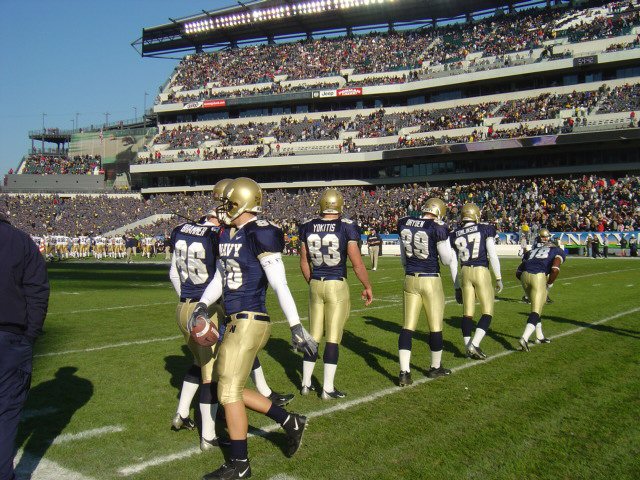
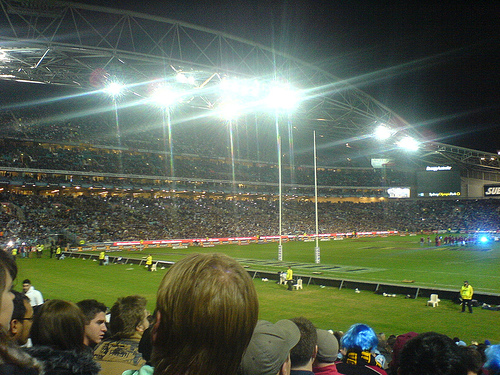
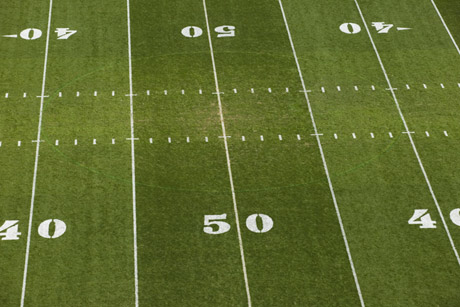



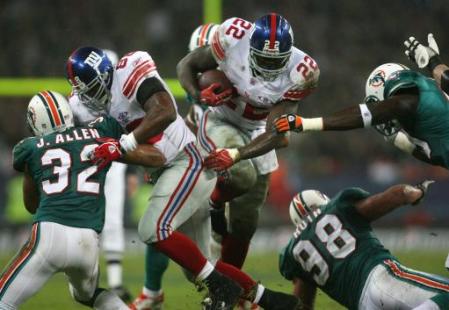
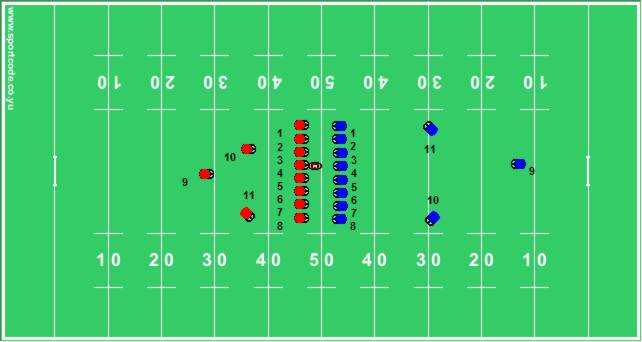


Leave a Reply